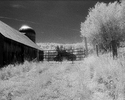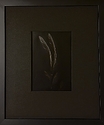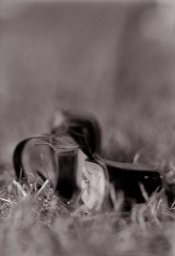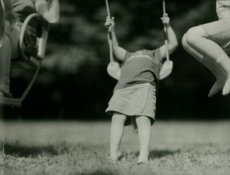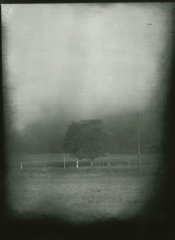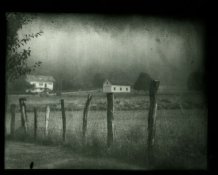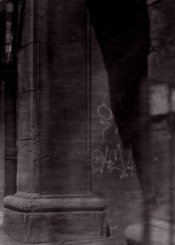I like those. How do you process the negatives?
hi adam
what i did was mix a strong batch of caffenol C.
the 4x5 sheets were processed in the moonlight lit washroom of
my father in law in france. the coffee was purchased at the local leclerc
supermarket ( the brand was "el gringo" instant coffee ) the washing soda
and vit c was purchased at a pharmacy in arcey france on rue de ste marie ..
i didn't mix by measure but free poured into a kitty litter tray about 1/3 the coffee
then a large pour of the washing soda into about 1L of water and i rocked until it was dissolved ...
i added the vit c and rocked the tray until it foamed and i stopped .. (my father in law laughed, that might have been the most important part ! )
then we began to process the sheets of film ( it wasn't pitch black )
... my father in law ketp time as i shuffled .. i was procerssing maybe 20-24 ( or more ) sheets at once ..
at about 18 mins i washed and fixed the film and hung it in his garage on a string with clothes pins ... my wife and her sisters came home from
their night on the town ( they went to an algerian restaurant i think i remember the mint tea conversation )
the 120 film was processed a week later, with the same washing soda and vit c but with local sourced instant coffee
(it was cheap gut rot from the local stop and shop ) and i added about 15cc of 7 month old full strength (stock ) ansco 130 into the caffenol c
... i pre-wet the film, ( all 120 ) and put the developer in the tanks to the top, agitated for a second or 2 and hit the tanks to get the bubbles off.
i let them sit ( stand developed ) for about 30 mins and then i washed and fixed them.
the 4x5 sheets were bulletproof, you can see through them even with a bright light. i contact print them on rc paper with a 300w bulb
the 120 negatives have a little meat to them too, not bullet proof but they looked pretty normal and i contact print them as well ..
i'd rather have long bright exposures than stopped all the way down and 2 seconds .. there is so much information on a negative when you have
density that it makes them easy and fun to print, even with a bright light and sunglasses.
but with everything, YMMV

john
====
forgot to add:
the paper and film needs to be expired .. the 4x5s were made on 20 year old polymax rc and in ansco130 1:1
the other 3 were made on ilford fbmg (5x7 ) purchased probably in 2005 and in the same ansco dilution.
the film was tmy purchased just before 9-11, it expired in around 2003. the rolls were tmy or plus x expired maybe in 2006.

